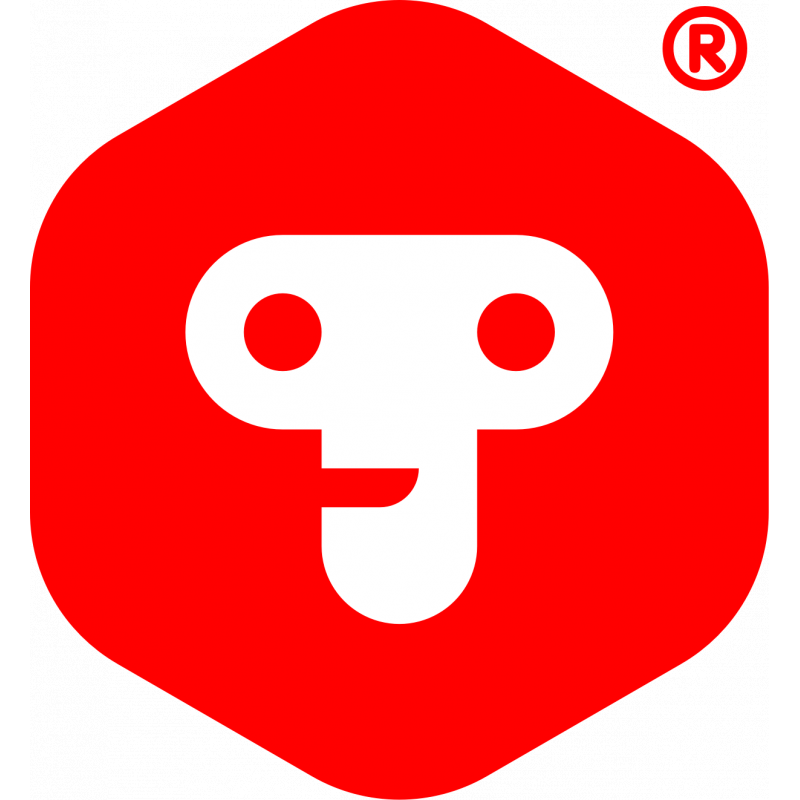Practicing to notice causal connections
Learning to build information on top of previously learned
Learning to combine information to find new innovations
Encouraging to build new information and visions
Practicing to work with others
Enabling the growth of positive self-image
Learning to plan and organize work processes
Practicing decision making
Connecting subjects learned at school to skills needed at working life
Building common knowledge of technological solutions and their meaning in everyday life
Using technology resources for problem solving
Understanding technological system operations through making
Using technology as a part of explorative and creative process
Using technological resources for finding and applying information
Understanding and practicing safe and responsible uses of technology
Practicing logical reasoning, algorithms and programming through making
Using technology for interaction and collaboration
Using technology as a part of explorative process
Practicing fine motor skills
Practising visual recognition
Learning to notice causal connections
Practicing persistent working
Practicing to set one's own learning goals
Learning to find the joy of learning and new challenges
Creating requirements for creative thinking
Practicing creative thinking
Practicing to improvise
Encouraging students to be innovative and express new ideas
Practicing to use imagination and to be innovative
Practicing categorization and classification
Practicing to find ways of working that are best for oneself
Practicing to evaluate one's own learning
Practicing to use imagination and to be innovative
Developing problem solving skills
Practicing to plan and execute studies, make observations and measurements
Learning to face failures and disappointments
Practicing to notice links between subjects learned
Encouraging positive attitude towards working life
Practicing versatile ways of working
Realizing the connection between subjects learned in free time
and their impact to skills needed at worklife
Understanding and interpreting of matrices and diagrams
Using technology to express one’s emotions and experiences
Practicing memorizing skills



User reviews for Tinkamo Tinker Kit
You need to log in to post a review.